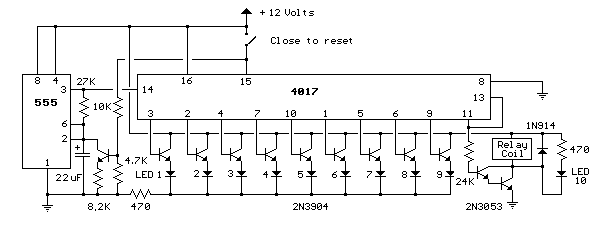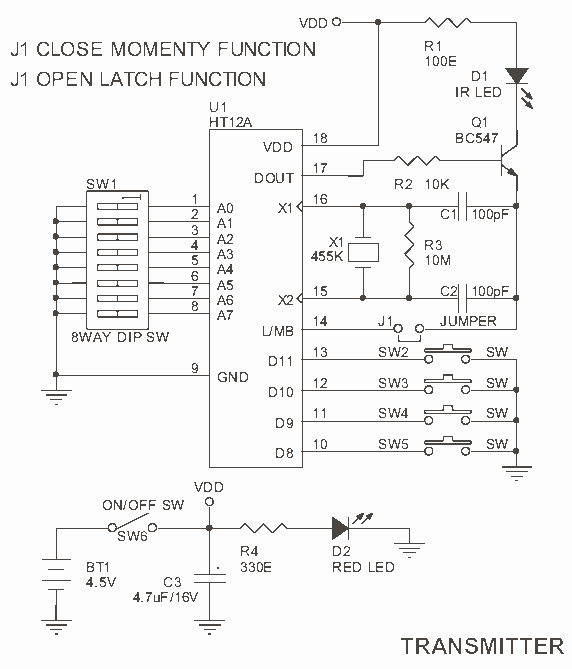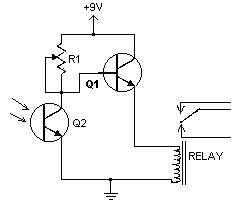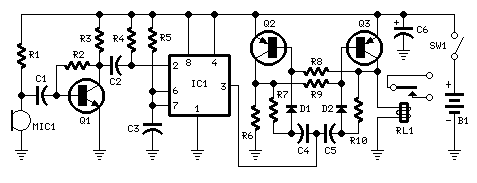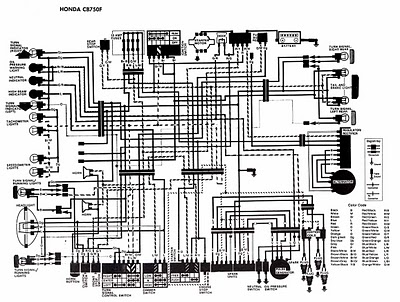
switches Wiring a SPDT Relay
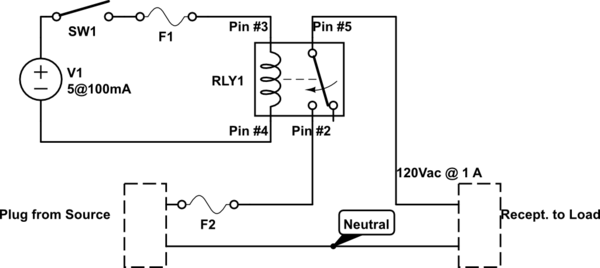
A single-pole double-throw (SPDT) switch is used to control a relay. When the relay is energized, it produces a cycling sound, which is undesirable. The goal is to have the switch operate normally in the 'on' position and return to its original state when the coil is energized. Additional guidance on the correct pin connections is sought, as there is some confusion regarding the wiring. Specifically, when the relay is energized, pin #2 connects to pin #5, while in the unenergized state, these pins remain disconnected, indicating a normally open (NO) configuration. For circuit integration, the relay is rated for 1A at 120V AC. The connection involves breaking the line wire and connecting pins #2 and #5 in series, while the neutral wire remains connected to pin #5, which should lead to the load, with pin #2 connected to the power source for safety.
A single-pole double-throw (SPDT) switch operates by connecting a common terminal to one of two outputs, allowing for a choice between two different circuits. In this application, the SPDT switch is utilized to control a relay that manages the flow of current to a load. The relay is designed to switch between two states: normally open (NO) when de-energized and connected when energized.
The relay's operation is described in terms of its pin configuration. When the relay coil is energized, pin #2 becomes connected to pin #5, thus completing the circuit to the load. Conversely, when the relay is not energized, there is no connection between these pins, allowing for the load to be disconnected from the power source. This functionality is critical for applications where the load must be isolated when the relay is not activated.
To implement this in a circuit, it is necessary to break the line wire supplying power to the load. Pin #2 of the relay should be connected to the line wire leading to the load, while pin #5 should connect to the load itself. The neutral wire must remain connected directly to pin #5 to ensure proper operation and safety. This configuration allows for the load to be powered only when the relay is engaged, preventing any undesired cycling noise and ensuring the circuit operates as intended.
In summary, the SPDT switch and relay combination provides a reliable means of controlling electrical devices, with specific attention to the pin connections ensuring safe and effective operation within the specified voltage and current ratings. Proper wiring and understanding of the relay's state transitions are essential for achieving the desired functionality in the circuit design.A SPDT switch that simply switches the relay over. Any pointers would be appreciated. When I currently energize the relay, I hear it cycling, which I would image that is not good. I simple want it to "switch" normally on and then when I energize the coil, switch is back. Take a picture of what you have now (i. e. your wired up breadboard). You will get more better/gooder answers that way. Hair_of_the_Dog Mar 7 `13 at 16:15 Yes, but its not right. I guess for now I am looking for pointers on which pins go where. I know its vague, but like I said, I`m struggling a bit. Phil Vallone Mar 7 `13 at 16:16 So that we can explain why it`s right that way and wrong your way. We`re focused on learning rather than end products. Or at least I am. Camil Staps Mar 7 `13 at 16:34 When the relay is energized (power applied) Pin#2 is connected to pin #5. In the unenergized state pin #2 and Pin #5 are not connected -i. e. they are Normally Open (NO). To wire this into a circuit, (it is rated for 1A at 120V AC) you would break the line wire, and connect the relay pins #2 and #5 inline.
Neutral wire will remain connected. in #5 should go to the load, Pin#2 to the source (for safety reasons). 🔗 External reference
A single-pole double-throw (SPDT) switch operates by connecting a common terminal to one of two outputs, allowing for a choice between two different circuits. In this application, the SPDT switch is utilized to control a relay that manages the flow of current to a load. The relay is designed to switch between two states: normally open (NO) when de-energized and connected when energized.
The relay's operation is described in terms of its pin configuration. When the relay coil is energized, pin #2 becomes connected to pin #5, thus completing the circuit to the load. Conversely, when the relay is not energized, there is no connection between these pins, allowing for the load to be disconnected from the power source. This functionality is critical for applications where the load must be isolated when the relay is not activated.
To implement this in a circuit, it is necessary to break the line wire supplying power to the load. Pin #2 of the relay should be connected to the line wire leading to the load, while pin #5 should connect to the load itself. The neutral wire must remain connected directly to pin #5 to ensure proper operation and safety. This configuration allows for the load to be powered only when the relay is engaged, preventing any undesired cycling noise and ensuring the circuit operates as intended.
In summary, the SPDT switch and relay combination provides a reliable means of controlling electrical devices, with specific attention to the pin connections ensuring safe and effective operation within the specified voltage and current ratings. Proper wiring and understanding of the relay's state transitions are essential for achieving the desired functionality in the circuit design.A SPDT switch that simply switches the relay over. Any pointers would be appreciated. When I currently energize the relay, I hear it cycling, which I would image that is not good. I simple want it to "switch" normally on and then when I energize the coil, switch is back. Take a picture of what you have now (i. e. your wired up breadboard). You will get more better/gooder answers that way. Hair_of_the_Dog Mar 7 `13 at 16:15 Yes, but its not right. I guess for now I am looking for pointers on which pins go where. I know its vague, but like I said, I`m struggling a bit. Phil Vallone Mar 7 `13 at 16:16 So that we can explain why it`s right that way and wrong your way. We`re focused on learning rather than end products. Or at least I am. Camil Staps Mar 7 `13 at 16:34 When the relay is energized (power applied) Pin#2 is connected to pin #5. In the unenergized state pin #2 and Pin #5 are not connected -i. e. they are Normally Open (NO). To wire this into a circuit, (it is rated for 1A at 120V AC) you would break the line wire, and connect the relay pins #2 and #5 inline.
Neutral wire will remain connected. in #5 should go to the load, Pin#2 to the source (for safety reasons). 🔗 External reference
Warning: include(partials/cookie-banner.php): Failed to open stream: Permission denied in /var/www/html/nextgr/view-circuit.php on line 713
Warning: include(): Failed opening 'partials/cookie-banner.php' for inclusion (include_path='.:/usr/share/php') in /var/www/html/nextgr/view-circuit.php on line 713
